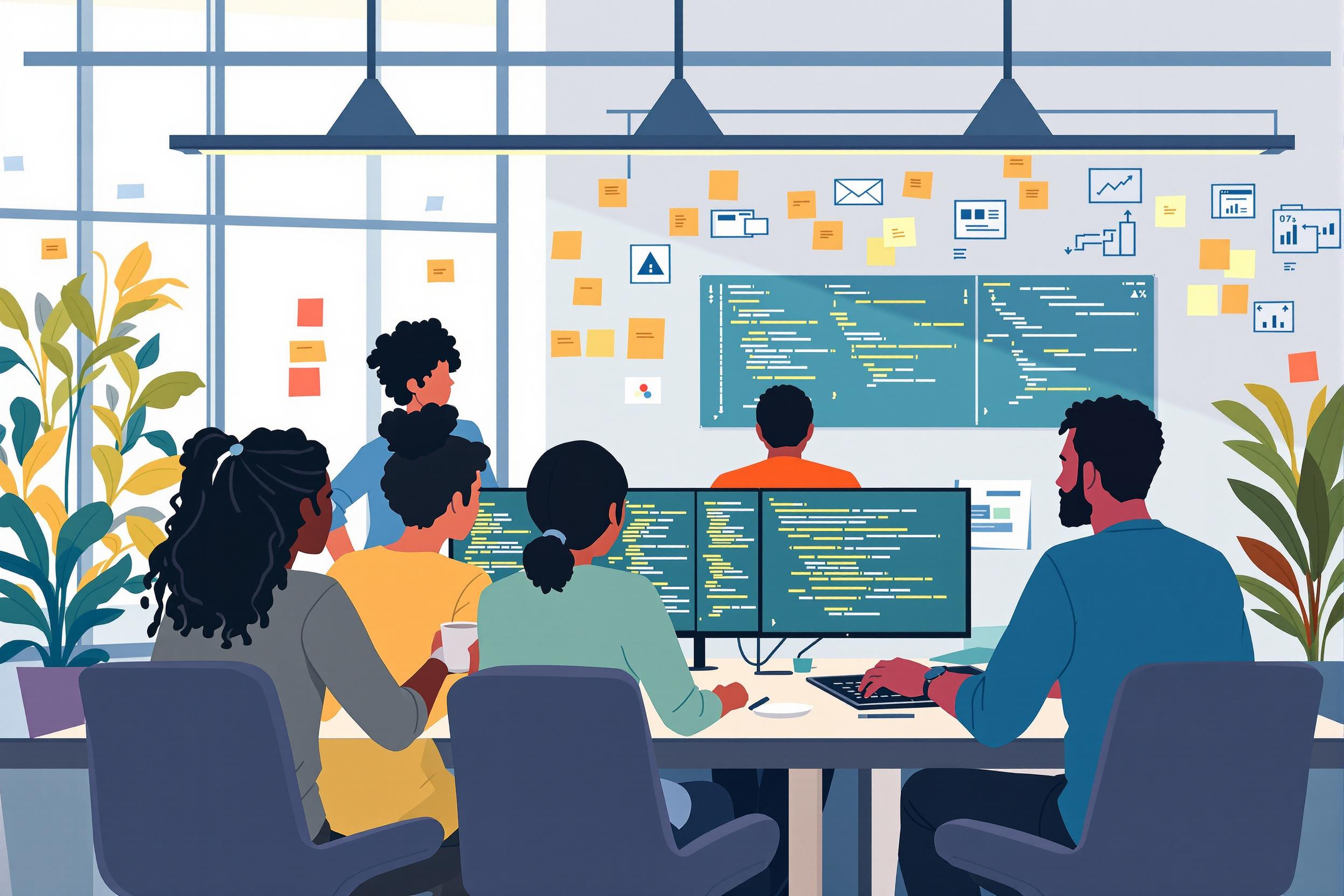
Second Crack
Second Crack is an important term in coffee roasting that refers to a specific stage in the coffee roasting process. It's when coffee beans make a second popping sound during roasting, indicating a darker roast level. When used in resumes or job descriptions, it shows that someone understands the technical aspects of coffee roasting beyond just basic operations. This knowledge is particularly valuable in specialty coffee shops and roasteries where precise roasting techniques are essential for product quality.
Examples in Resumes
Managed daily roasting operations, consistently achieving ideal Second Crack timing for dark roast profiles
Trained junior roasters in identifying Second Crack indicators for quality control
Developed roasting profiles from light roast through Second Crack for our signature blends
Typical job title: "Coffee Roasters"
Also try searching for:
Where to Find Coffee Roasters
Professional Communities
Job Boards
Professional Networks
Example Interview Questions
Senior Level Questions
Q: How do you develop roasting profiles that achieve consistent Second Crack timing?
Expected Answer: A senior roaster should explain how they control heat application, monitor bean temperature, and adjust roasting parameters to achieve consistent results. They should mention documentation methods and quality control processes.
Q: How would you train a team to identify and work with Second Crack in different bean varieties?
Expected Answer: Should demonstrate teaching experience, explaining how they would train others to recognize audio and visual cues, understanding different bean behaviors, and implementing quality control measures.
Mid Level Questions
Q: What are the key indicators that Second Crack is approaching?
Expected Answer: Should describe the visual and auditory signs that precede Second Crack, temperature ranges, and timing considerations for different types of beans.
Q: How do you adjust roasting profiles when working with different bean origins?
Expected Answer: Should explain how different beans require different approaches to reach Second Crack, and how this affects the final product quality.
Junior Level Questions
Q: What is Second Crack and why is it important in coffee roasting?
Expected Answer: Should be able to explain that Second Crack is an audible popping sound indicating a specific stage in the roasting process, and its significance for dark roasts.
Q: What basic safety procedures do you follow during the roasting process?
Expected Answer: Should demonstrate knowledge of basic safety protocols, temperature monitoring, and emergency procedures when working with hot roasting equipment.
Experience Level Indicators
Junior (0-2 years)
- Basic roasting operations
- Understanding of Second Crack identification
- Safety procedures
- Basic quality control
Mid (2-5 years)
- Profile development through Second Crack
- Multiple roaster operation
- Quality assurance procedures
- Basic maintenance and troubleshooting
Senior (5+ years)
- Advanced profile development
- Team training and management
- Equipment maintenance expertise
- Quality control system development
Red Flags to Watch For
- Unable to identify Second Crack by sound and sight
- No knowledge of basic coffee roasting safety procedures
- Lack of experience with different coffee origins and varieties
- No understanding of basic quality control measures
Related Terms
Need more hiring wisdom? Check these out...

Why Easy Apply Is Breaking The Job Market (And What To Do About It)

Cracking the Code: Real Strategies to Diversify Tech Hiring

Refining Job Descriptions to Expand Applicant Pools: Casting a Wider Talent Net

